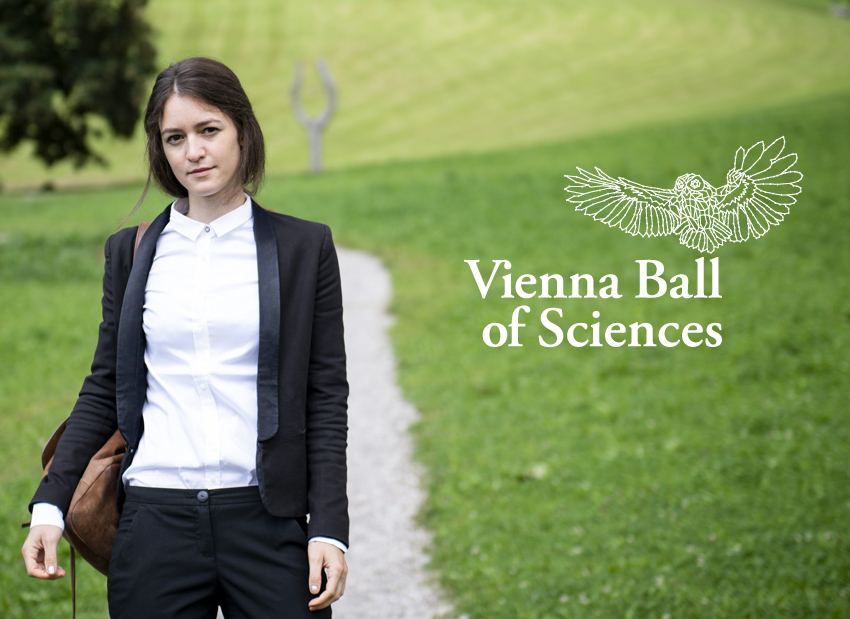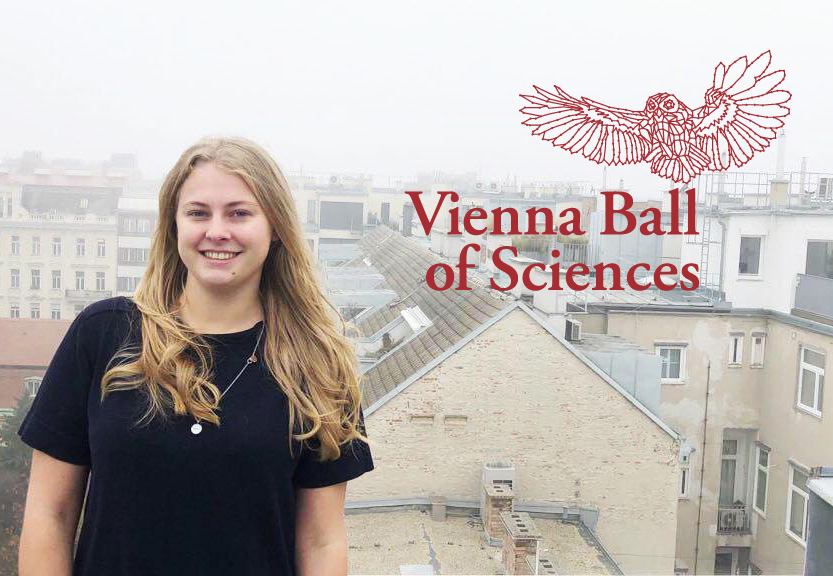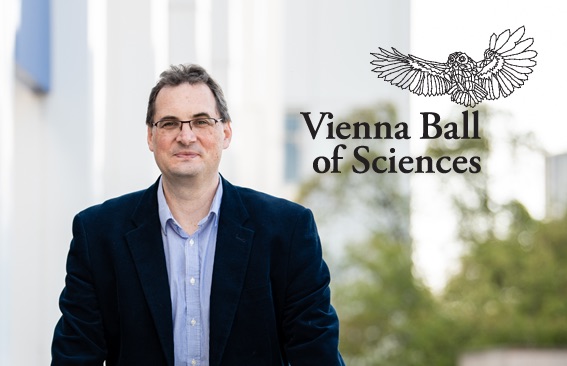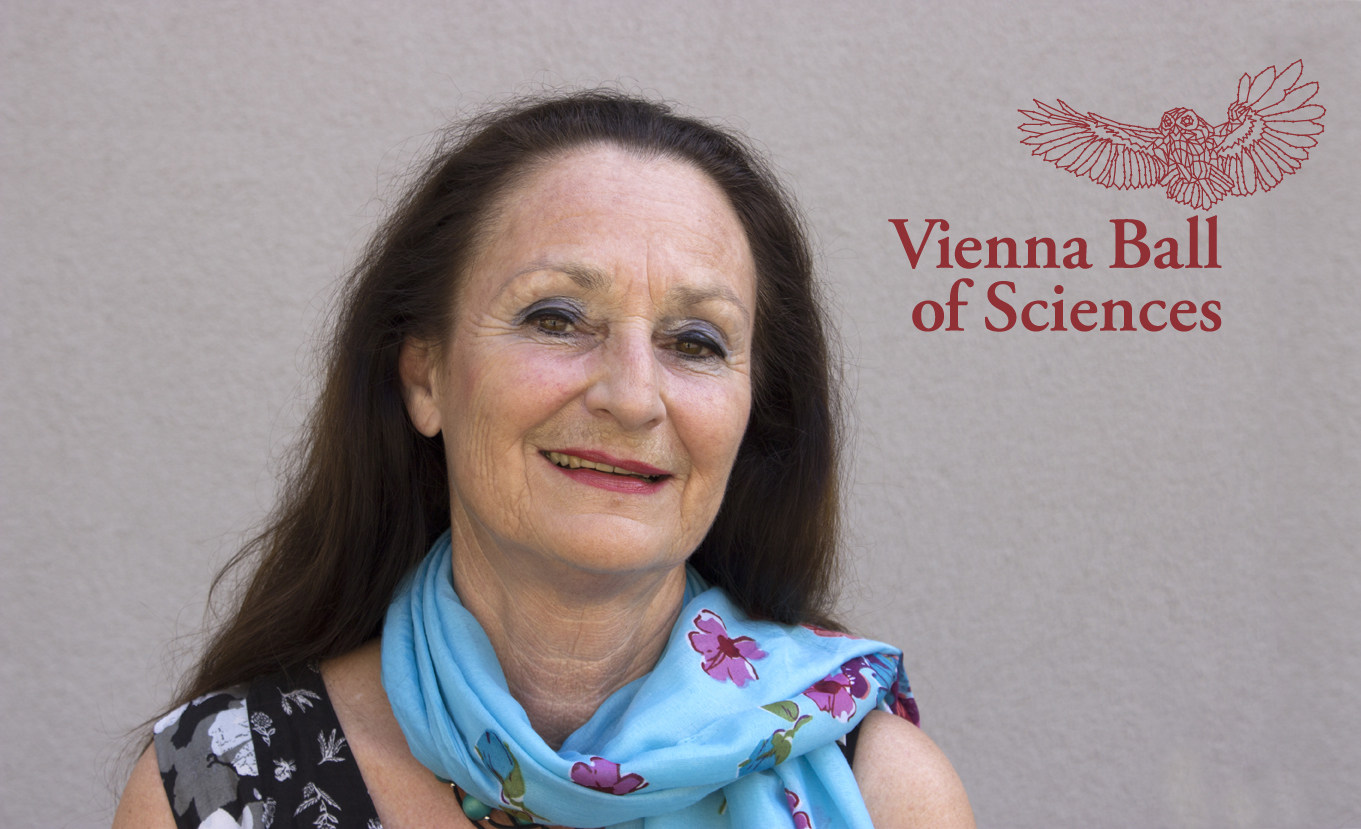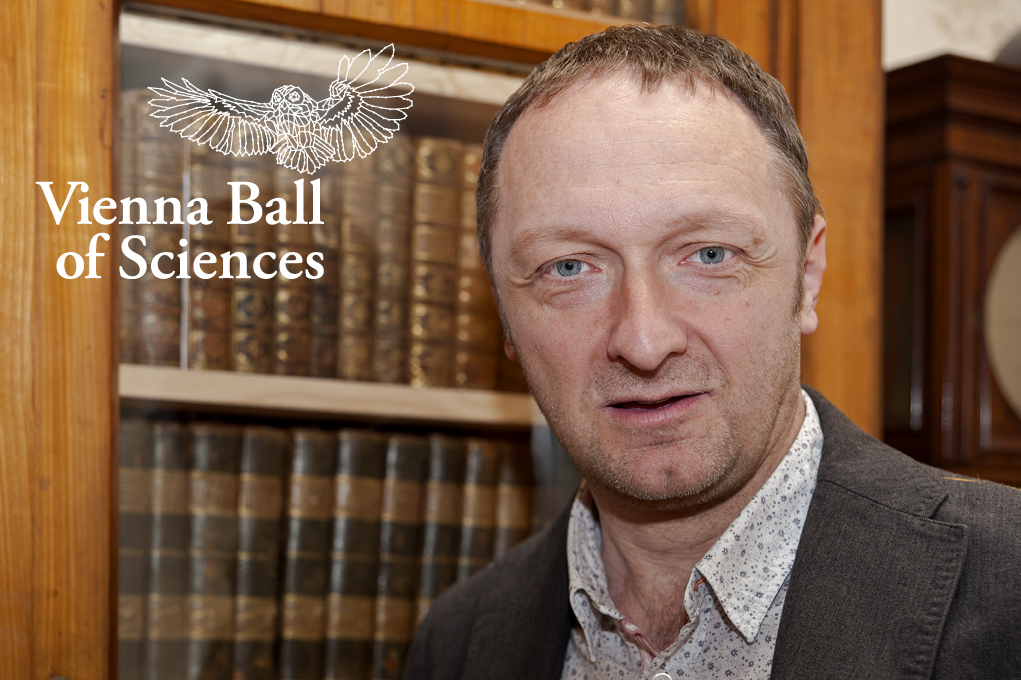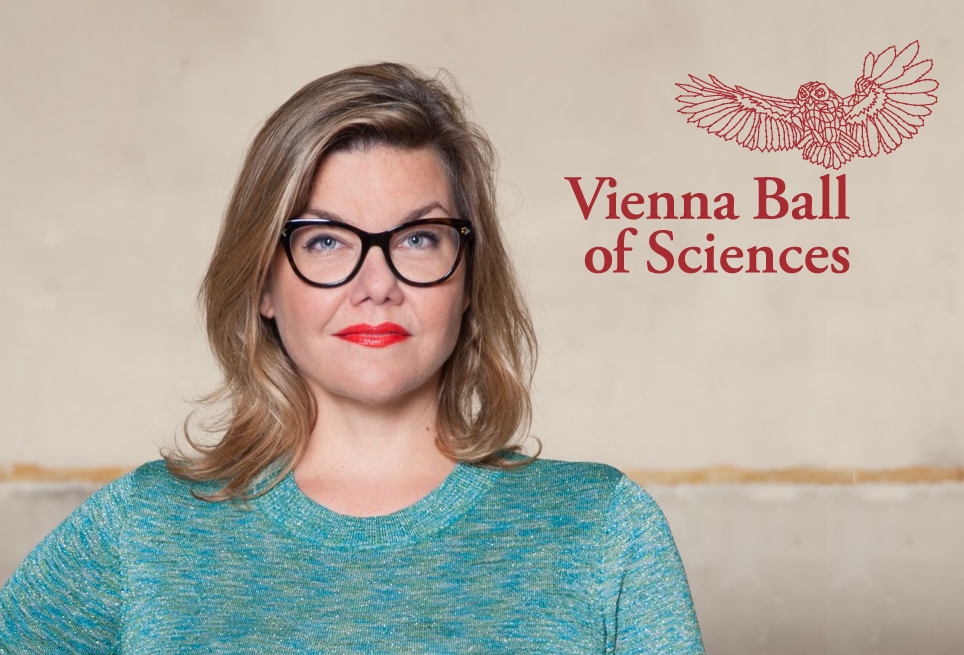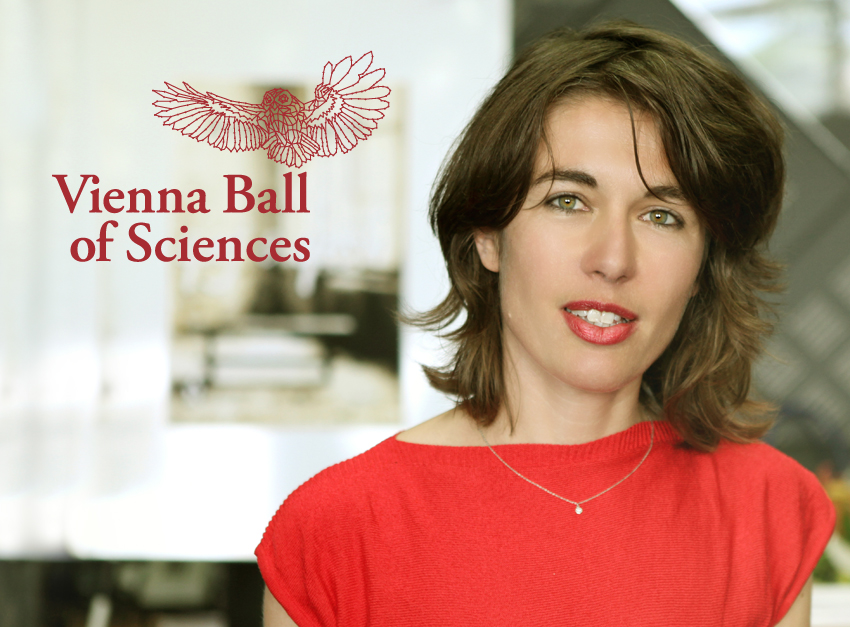 “You can dance even if you can’t dance. You can also understand something and not understand it at the same time – think of the evolution of the human brain, while living with one. It is in this paradox that dancing and scientific thinking touch each other. Bouncing back and forth between knowing and not knowing is the daily business of researchers. And from these movements spring, for me, the joy and strength of scientific research. Try it out, in the sober environment of a lab and on the dance floor of a ballroom.”
“You can dance even if you can’t dance. You can also understand something and not understand it at the same time – think of the evolution of the human brain, while living with one. It is in this paradox that dancing and scientific thinking touch each other. Bouncing back and forth between knowing and not knowing is the daily business of researchers. And from these movements spring, for me, the joy and strength of scientific research. Try it out, in the sober environment of a lab and on the dance floor of a ballroom.”
Our eighth testimonial, Andrea Grill, works as an author and evolutionary biologist. She teaches at the University of Vienna and Salzburg, where she researches – among other things – how anthropogenic changes in landscape can alter the behavior of butterflies. In her book “Butterflies” she tries to make that factual knowledge available for a broader audience. The book has been translated into several languages and she received several awards for her novels. In the near future her first children’s book about the life of a carnivorous plant will be published by the Vienna publisher Luftschacht Verlag.
Foto (c): privat / Paul Zsolnay Verlag
